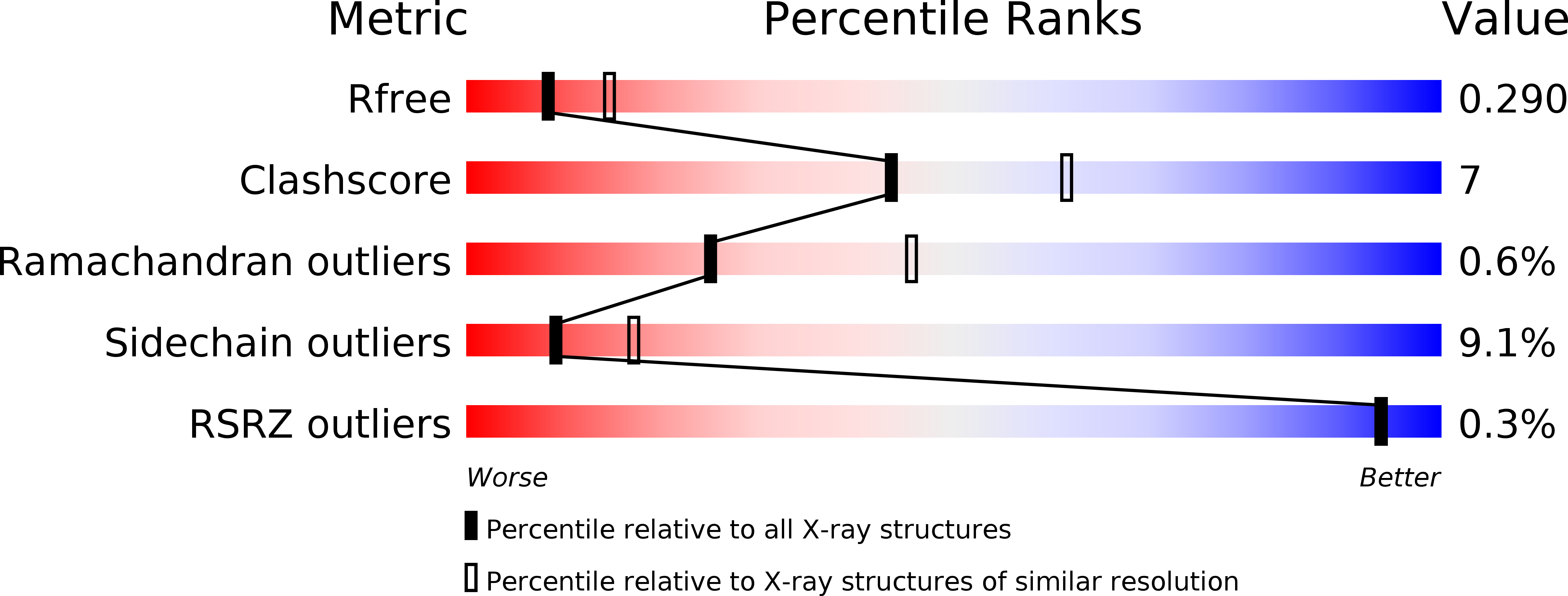
Deposition Date
2007-01-01
Release Date
2007-03-27
Last Version Date
2024-10-30
Method Details:
Experimental Method:
Resolution:
2.58 Å
R-Value Free:
0.30
R-Value Work:
0.22
R-Value Observed:
0.23
Space Group:
P 1 21 1


